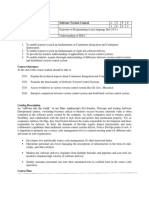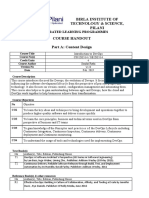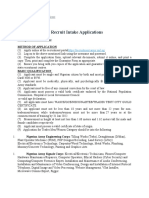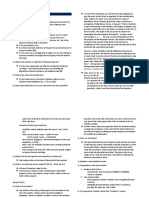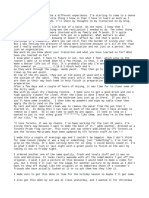DevOps MID-I Assignment
Unit-I
1. Explain the main advantages of an Agile development model over a traditional
Waterfall model. How do they handle changes in requirements differently?
2. Imagine you are leading a team that is struggling with project management. They
have a continuous flow of tasks but lack a clear way to visualize progress and limit
work in progress. Recommend an appropriate Agile framework (Scrum or Kanban)
for this team, and provide a practical example of how it would be implemented.
3. Describe the concept of a "Canary Release" and explain its purpose in a release
management strategy.
4. A company is transitioning from a traditional SDLC to a DevOps culture. Apply the
concept of 'automation' to three different stages of their new software delivery process
(e.g., development, testing, and deployment), and explain the benefits of each.
5. Explain the principle of Continuous Integration (CI) and describe how it helps to
prevent frequent code merge conflicts and testing delays.
6. Explain the concept of 'bottlenecks' in a delivery pipeline and provide an example of
a common bottleneck that a team might face.
Unit-II
1. Determine the concept of Git branching and Explain how creating and merging
branches is a fundamental aspect of collaborative development workflows.
2. Examine the difference between a "Code Smell" and a "Bug" as identified by a code
quality analysis tool like SonarQube. Describe the implications of each on a project's
long-term health.
3. What is the primary purpose of a Source Code Management (SCM) system like Git?
4. Analyse the concept of Git's three states: the working directory, the staging area,
and the local repository
5. A developer wants to submit a change to a remote repository but discovers that the
remote repository has newer commits that are not in their local repository. Explain
the sequence of Git commands they must use to successfully synchronize their local
changes with the remote repository.
6. How does a Git branching strategy facilitate collaboration among multiple developers
working on the same project?
Unit-III
1. Imagine you are on boarding a new development team to a CI workflow. The team is
concerned about their build getting "broken" by other developers' code. Analyze the
principles of CI and a tool like Jenkins to explain how you would alleviate their
concerns and ensure a stable and reliable build.
2. A development team has a codebase that needs to be built on two different operating
systems. Using your knowledge of Jenkins, propose a solution and explain how you
would configure the Jenkins Master-Slave architecture to handle this requirement
efficiently.
R.No Setwise
22211A0501-520 I-1,2,II-1,2&III-1
22211A0521-540 I-3,4,II-3,4&III-2
22211A0541-LE6 I-5,6,II-5,6 &III-1






































